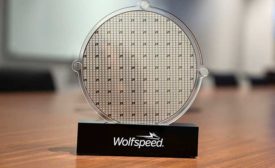Home » semiconductor manufacturing
Articles Tagged with ''semiconductor manufacturing''
advertisement
Using piezoelectric sensors to measure dynamic force in semiconductor applications
December 3, 2021
Never miss the latest news and trends driving the manufacturing industry
Stay in the know on the latest assembly trends.
JOIN TODAY!Copyright ©2024. All Rights Reserved BNP Media.
Design, CMS, Hosting & Web Development :: ePublishing










